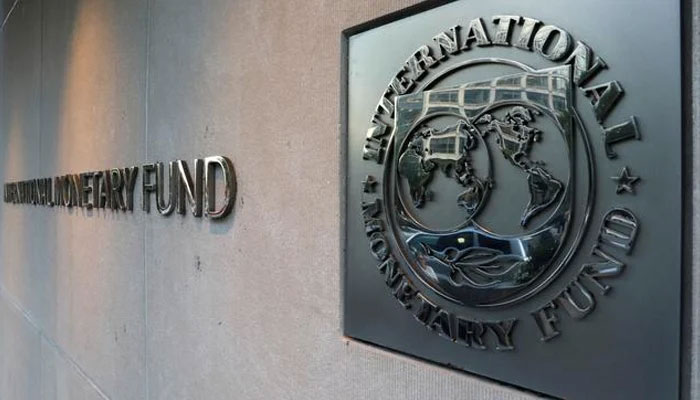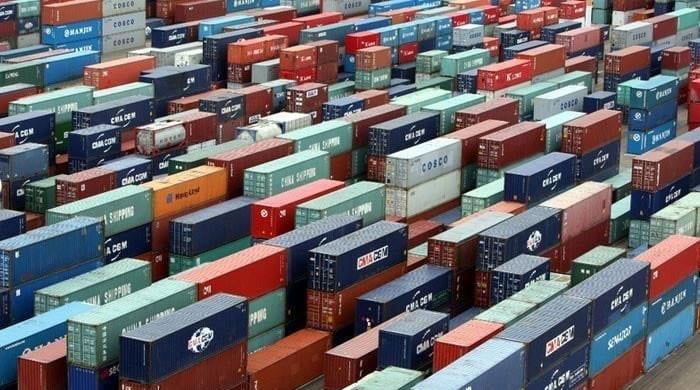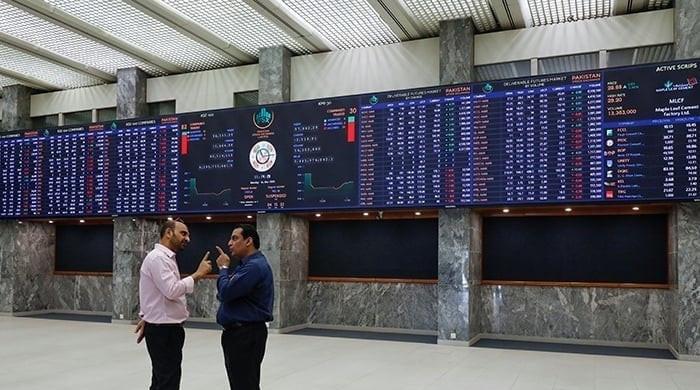IMF reaches staff-level agreement with Pakistan on final review of $3bn SBA
IMF confrims Pakistan's interest in a medium-term program to resolve fiscal, external sustainability weaknesses
March 20, 2024

- IMF says Pakistan is interested in yet another bailout.
- Lender willing to formulate a medium-term package if sought.
- Staff-level agreement reached after five-day review.
ISLAMABAD: Pakistan and the International Monetary Fund (IMF) Wednesday struck a staff-level agreement on the second and final review under the US $3 billion Stand-By Arrangement paving the way for the release of the last tranche from the lender.
“The IMF team has reached a staff-level agreement with the Pakistani authorities on the second and final review of Pakistan’s stabilisation program supported by the IMF’s US$3 billion (SDR2,250 million) SBA approved in January 2024,” said Nathan Porter, the head of the IMF team that held talks in Islamabad from March 14-19 on the second review.
This agreement is subject to approval by the IMF’s Executive Board, upon which the remaining access under the SBA, US$1.1 billion (SDR 828 million), will become available.
The IMF mission chief noted that Pakistan’s “economic and financial position” was improving since the first review due to “prudent policy management and the resumption of inflows from multilateral and bilateral partners”.
But Porter warned that economic growth will remain “modest” in the ongoing financial year as inflation is still above target.
He called for the implementation of ongoing policy and reform to address Pakistan’s deep-seated economic vulnerabilities amidst the ongoing challenges posed by elevated external and domestic financing needs and an unsettled external environment.
On the Shehbaz Sharif-led government, the IMF team stated that the new setup is ready to follow the “policy efforts” that were launched in the SBA for the remainder of the year.
“In particular, the authorities are determined to deliver the FY24 general government primary balance target of PRs 401 billion (0.4% of GDP), with further efforts towards broadening the tax base, and continue with the timely implementation of power and gas tariff adjustments to keep average tariffs consistent with cost recovery while protecting the vulnerable through the existing progressive tariff structures, thus avoiding any net circular debt (CD) accumulation in FY24,” said the Washington-based lender.
Porter also stated that the State Bank of Pakistan is “committed to maintaining a prudent monetary policy to lower inflation and ensure exchange rate flexibility and transparency in the operations of the forex market”.
The statement also mentioned about a new loan Pakistan is planning to seek from the Fund.
“The authorities also expressed interest in a successor medium-term Fund-supported program with the aim of permanently resolving Pakistan’s fiscal and external sustainability weaknesses, strengthening its economic recovery, and laying the foundations for strong, sustainable, and inclusive growth,” said the IMF.
Porter pointed out key objectives that will be discussed for the new programme with the conclusion of the SBA.
The programme would focus on: (i) strengthening public finances, including through gradual fiscal consolidation and broadening the tax base (especially in undertaxed sectors) and improving tax administration to improve debt sustainability and create space for higher priority development and social assistance spending to protect the vulnerable;
(ii) restoring the energy sector’s viability by accelerating cost reducing reforms including through improving electricity transmission and distribution, moving captive power demand to the electricity grid, strengthening distribution company governance and management, and undertaking effective anti-theft efforts;
(iii) returning inflation to target, with a deeper and more transparent flexible forex market supporting external rebalancing and the rebuilding of foreign reserves; and
(iv) promoting private-led activity through the above mentioned actions as well as the removal of distortionary protection, advancement of state owned enterprises reforms to improve the sector’s performance, and the scaling-up of investment in human capital, to make growth more resilient and inclusive and enable Pakistan to reach its economic potential.











